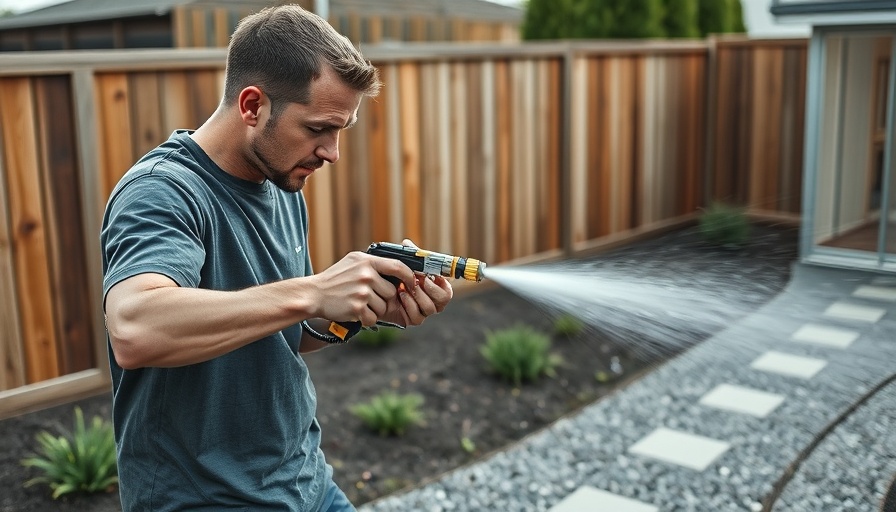
Choose the Right Paint for Your New Home
Selecting the appropriate type of paint is critical for both durability and aesthetic. For interiors, consider water-based paints, which are low in VOCs and easier to clean up compared to oil-based options. Evaluate finishes: eggshell and satin are popular for living spaces, while semi-gloss is ideal for kitchens and bathrooms due to its moisture resistance.
Preparing the Space for Painting
Before diving into painting, proper preparation ensures a smooth finish. Start by moving furniture and covering floors with drop cloths to protect them from spills. Sand down any rough surfaces and clean walls to remove dust and grease, which can affect paint adhesion.
The Painting Process: Techniques for Success
Proper techniques can make all the difference in achieving an even coat. Begin with ceilings before moving on to walls. Use a roller for large areas and a brush for corners and trim work. Employ a systematic approach, working from top to bottom to catch any drips that may occur.
Embracing Finishing Touches
Once the paint has dried, inspect for any missed spots and make necessary touch-ups. Consider adding a second coat for enhanced coverage, especially in bold colors. Remove painter’s tape carefully to avoid peeling paint with it, ensuring crisp, clean lines.
Ensuring the Longevity of Your Paint Job
Finally, to maintain the beauty of your newly painted interior, opt for gentle cleaning methods. Dusting regularly and using a damp cloth can help preserve the vibrancy of the paint.
Painting a new home's interior can be both an art and a science. By following these steps, contractors and homeowners alike can create a beautifully finished space that stands the test of time.
 Add Row
Add Row  Add Element
Add Element 


Write A Comment